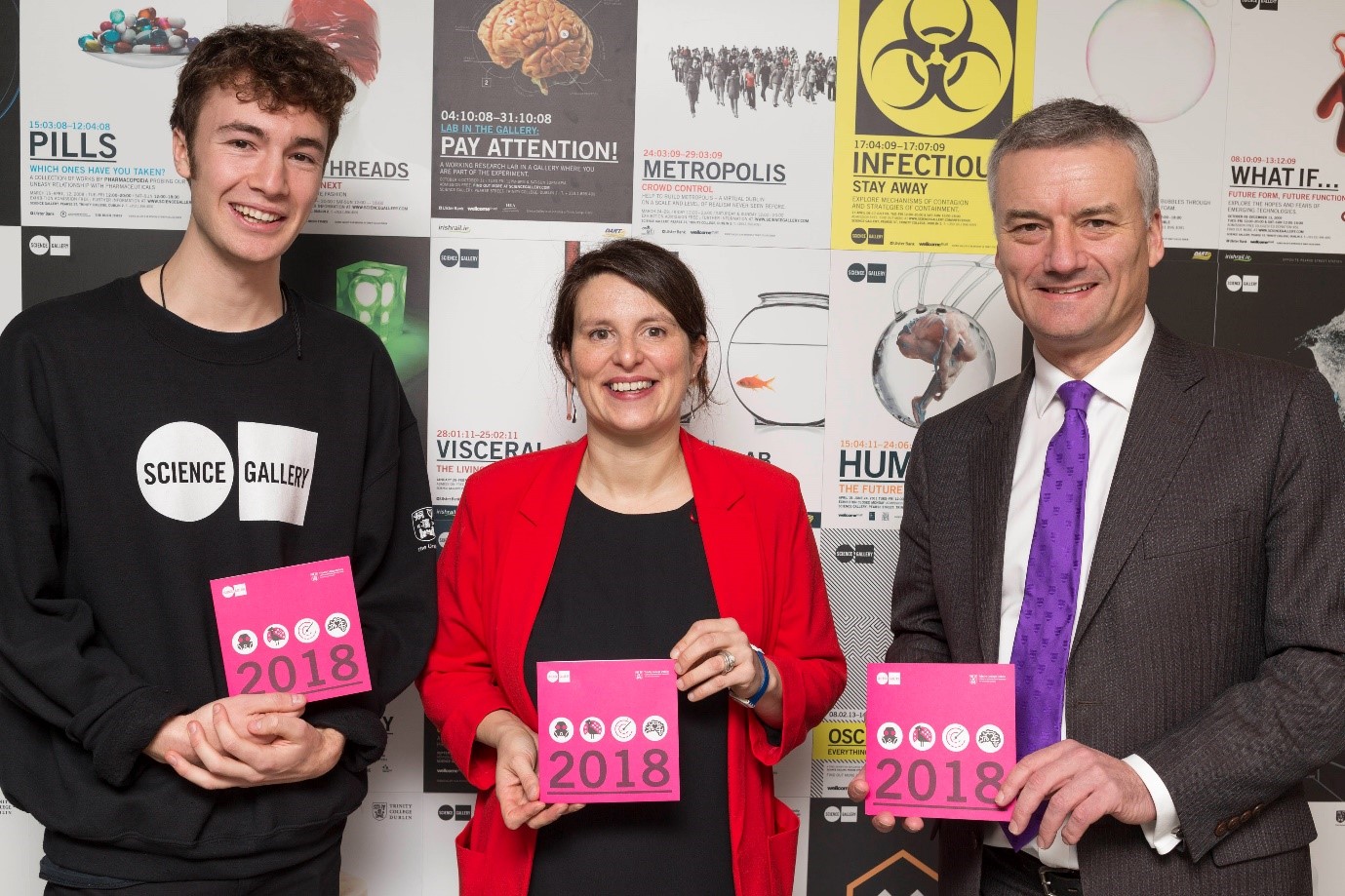The integration of the arts with science is not, by any means, a superficial or laboured action. A naturally occurring coexistence occurs between the two, a coexistence that should be encouraged and pursued rather than hindered as it sometimes is here in Trinity.
Students often comment on the apparent divide between the Arts Block and the Hamilton building, but this division is surmountable, and not necessarily tangible beyond the boundaries of student life in Trinity.
The questions and issues in science are complex, intriguing, and challenging, just as they are in the arts. Similarly, STEM students are no different than arts students – they are just as passionate, just as inspired, just as excited.
The Science Gallery on campus demonstrates that the false dichotomy of arts and science is of little merit. On what was a brisk early Friday morning last term, Science Gallery launched their 2018 programme, celebrating their tenth birthday and announcing the exhibitions to be opened throughout the year.
The gallery was busy with words of praise, cups of coffee, and very excited staff. Ian Brunswick, the head of programming at Science Gallery, enthusiastically described what creating an exhibition entails, how the gallery has evolved since its founding, and what its overall goals are as an institution.
The Science Gallery is an exceptional twist to Trinity’s campus, and according to Mr. Brunswick, its goals are to encourage open discussion and differing perspectives on popular issues such as a peak into artificial intelligence technology in the exhibition, Humans Need Not Apply. The aim is to offer a way of looking at a problem with open minded curiosity and a willingness to ask questions.
It does not allow for an objective separation between arts and science, but celebrates their co-dependence. It shows that in a community like Trinity, where there exists an attitude of “arts vs. science” or “Arts Block vs. The Hamilton,” the truth is that these are just two sides of the same coin. The two may be different, no doubt, but their coexistence is crucial; the cooperation between creativity and pragmatism continues to serve us best as a society, and promotes innovation.
The Science Gallery first opened in Dublin in 2008 as a centre of science and design specifically for people aged 15-25. Over the past ten years it has hosted almost 40 exhibitions from their first, Lightwave, to their current exhibition In Case of Emergency, engaging with artists, architects, graphic designers, scientists, and writers. Our very own Luke O’Neill, Professor of Biochemistry and Immunology, contributed significantly to the Science Gallery’s 2009 Infectious exhibition, in which visitors explored factors that contribute to contagion of bacteria, disease, and laughter alike.
Following a successful year, the Science Gallery is building momentum to move into its new exhibitions for 2018. In the midst of In Case of Emergency, which calls into question humanity’s obsession with disaster and apocalypse, Science Gallery has announced their three programmes to run in 2018. All of Science Gallery’s exhibitions are open to the public, and In Case of Emergency will run until February 2018.
Beginning in March, Fake measures the real pros and cons of copying, its role in nature, and animal behaviour, and its sometimes catalytic effect on success. Fake will explore how mimicry evolved to the controversial human characteristic it is today, and according to their 2018 programme, “we ask when authenticity is essential, when copying is cool, and what the boundary is between a fakery faux-pas and a really fantastic Fake”.
The second, to begin in June, Life At The Edges observes uninhabitable environments and survival tactics used to endure them. It begs the question; how do we harness these techniques to our own advantage? The third to begin in October, Intimacy aims to start a conversation regarding human connection, its neuroscientific foundation, and its behavioural outcomes.
The Science Gallery offers free admission for all.







